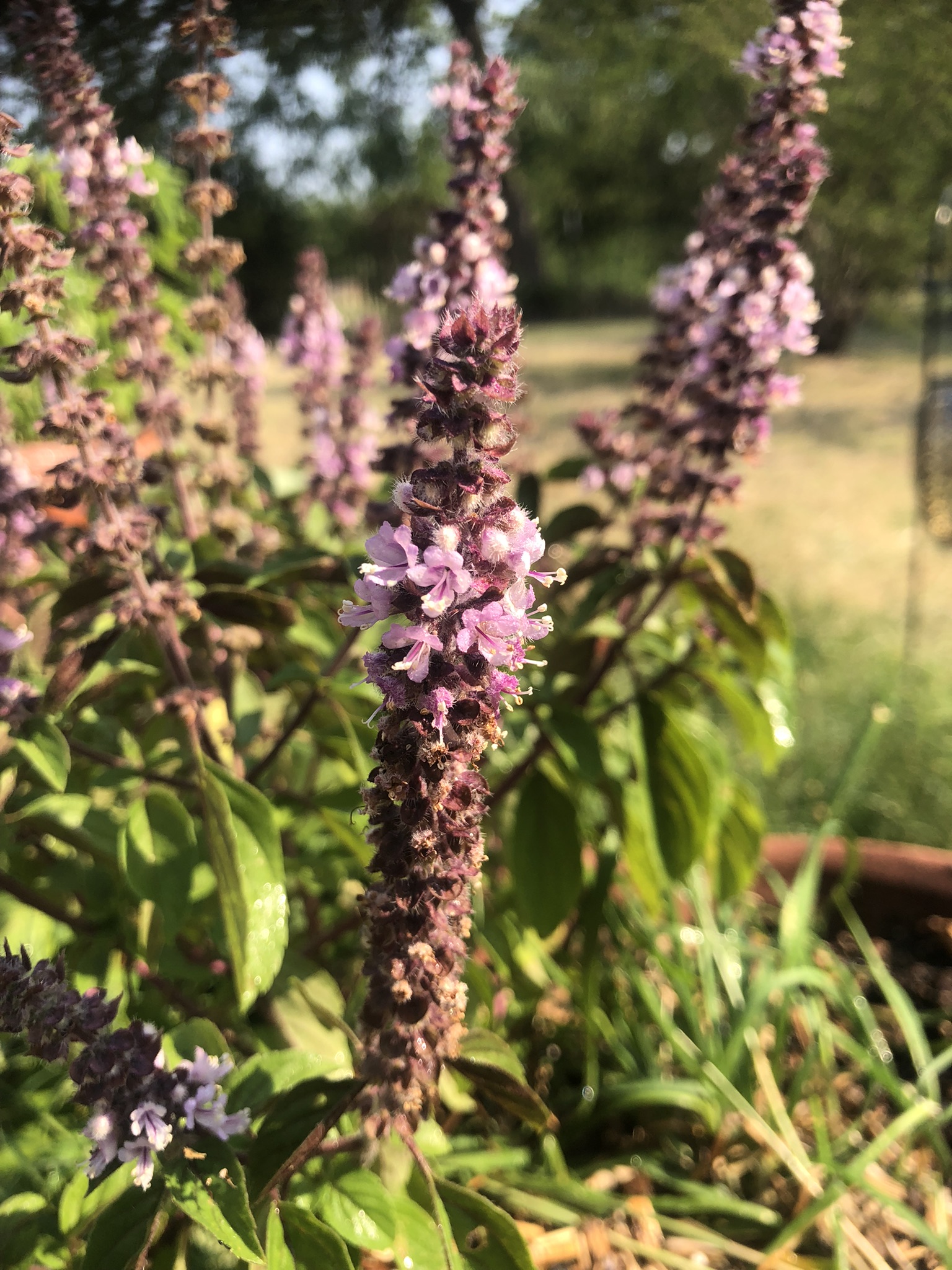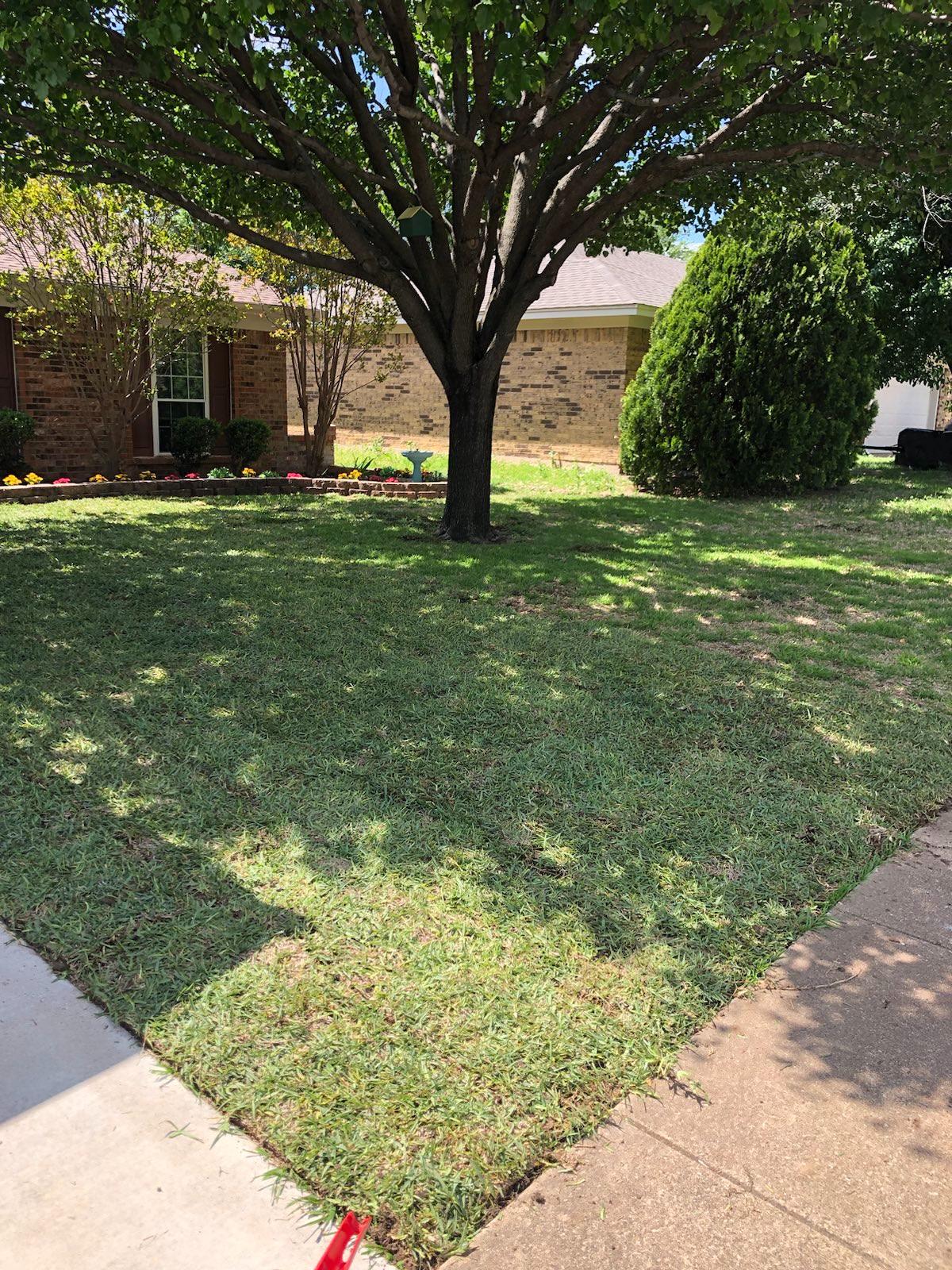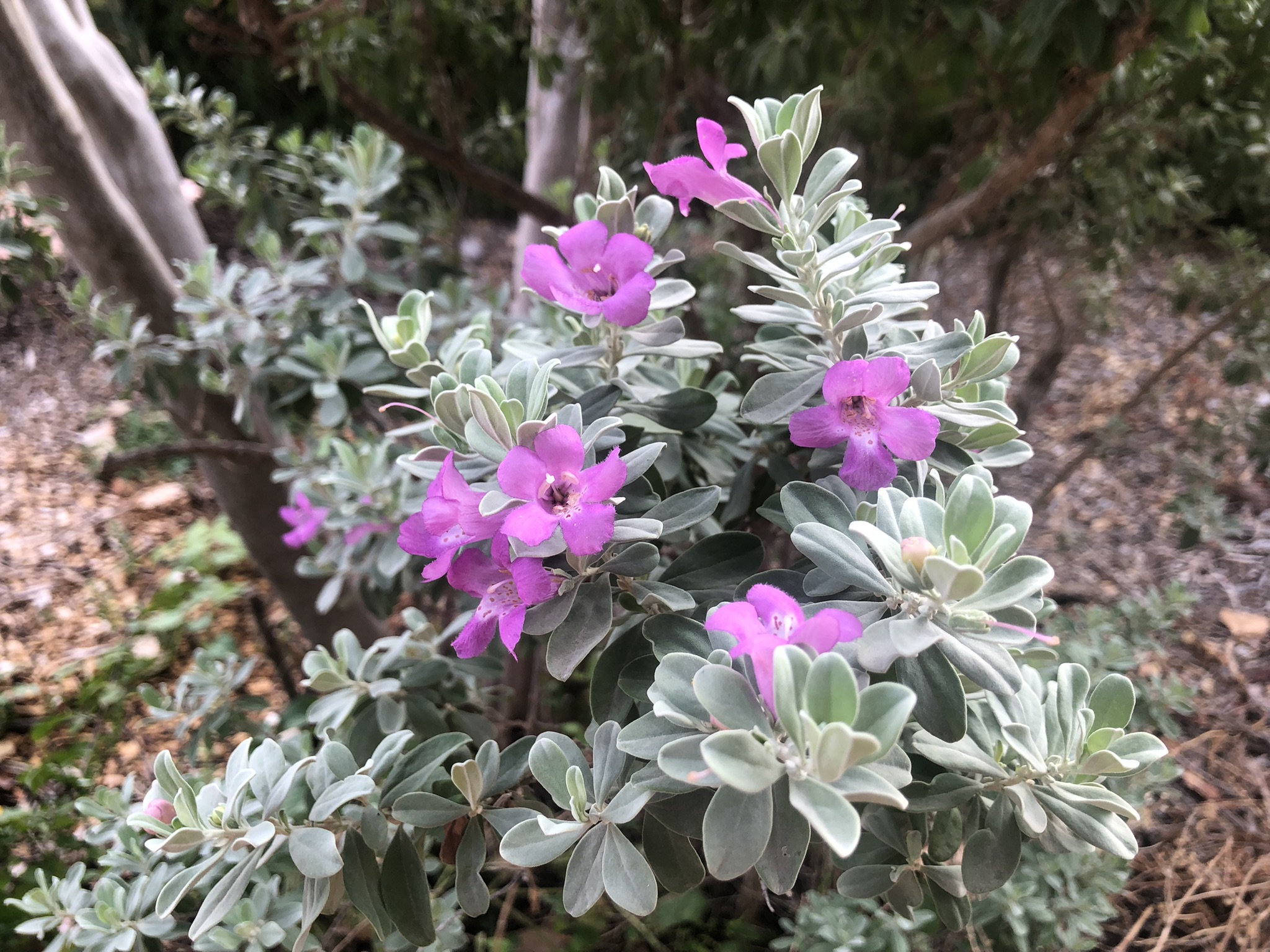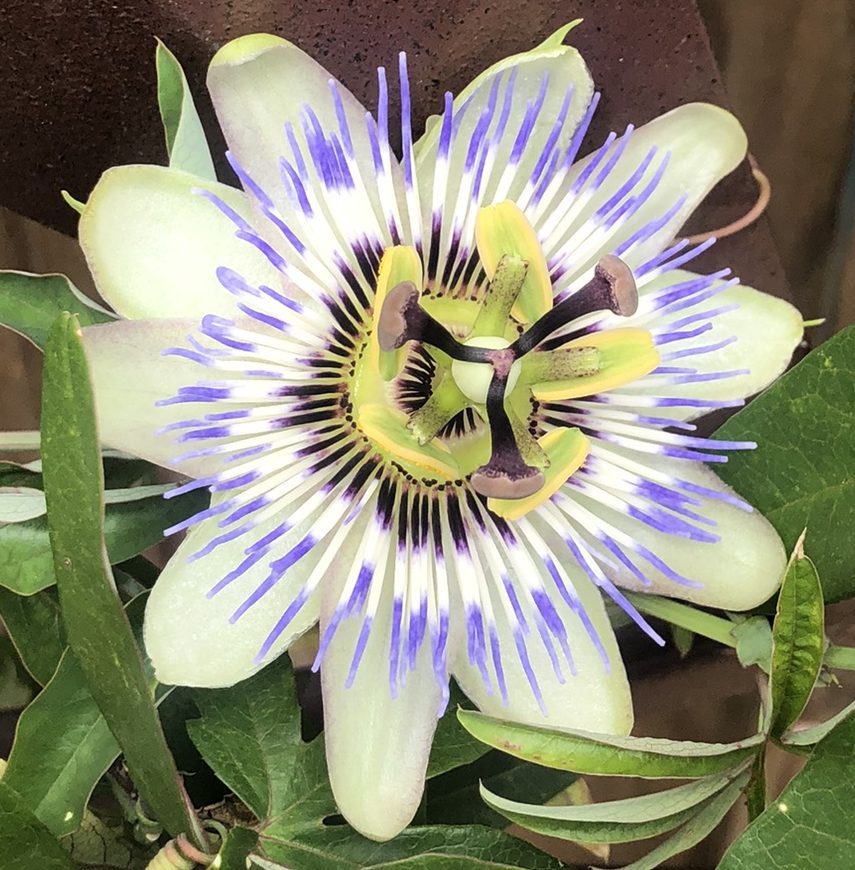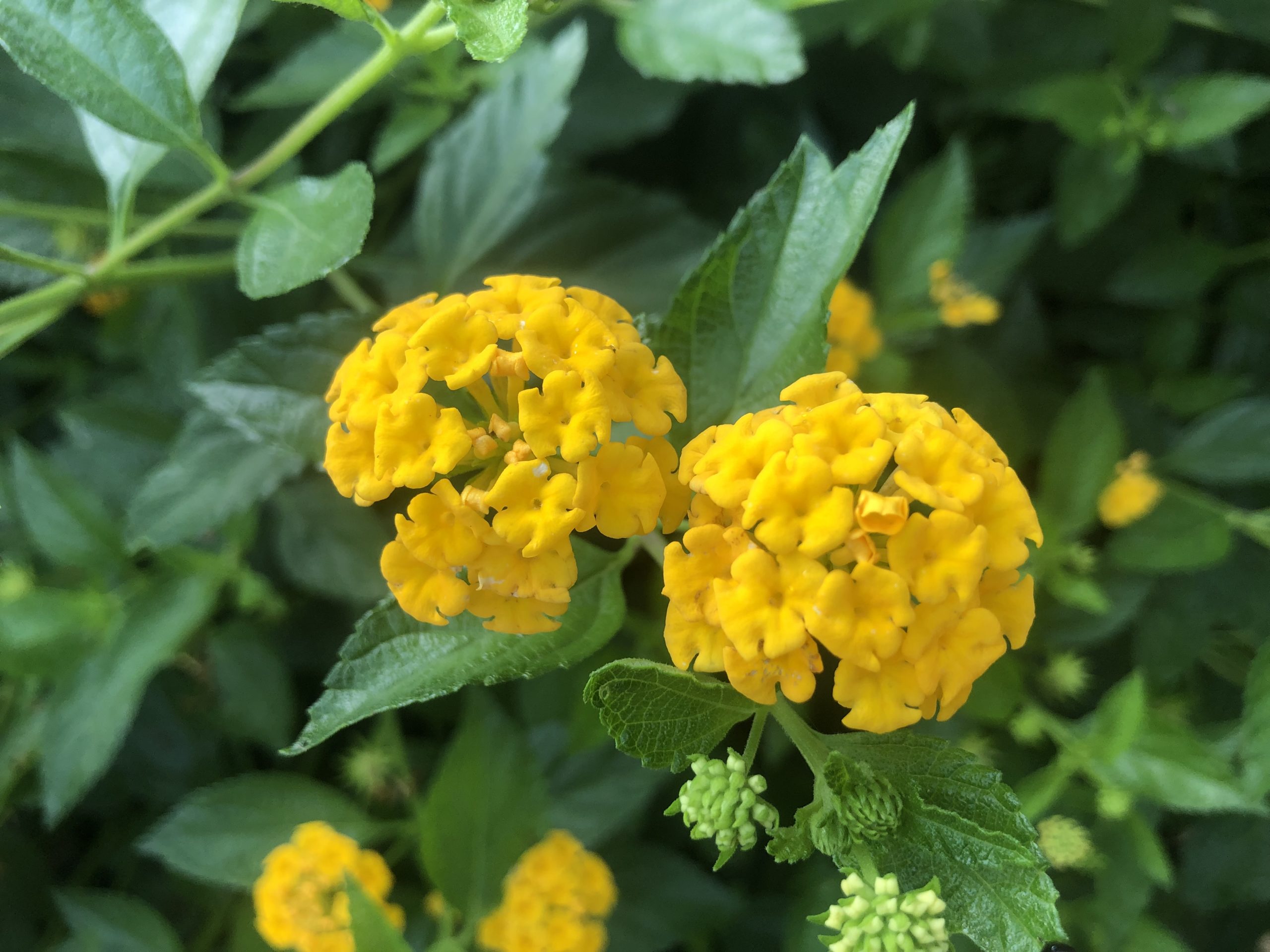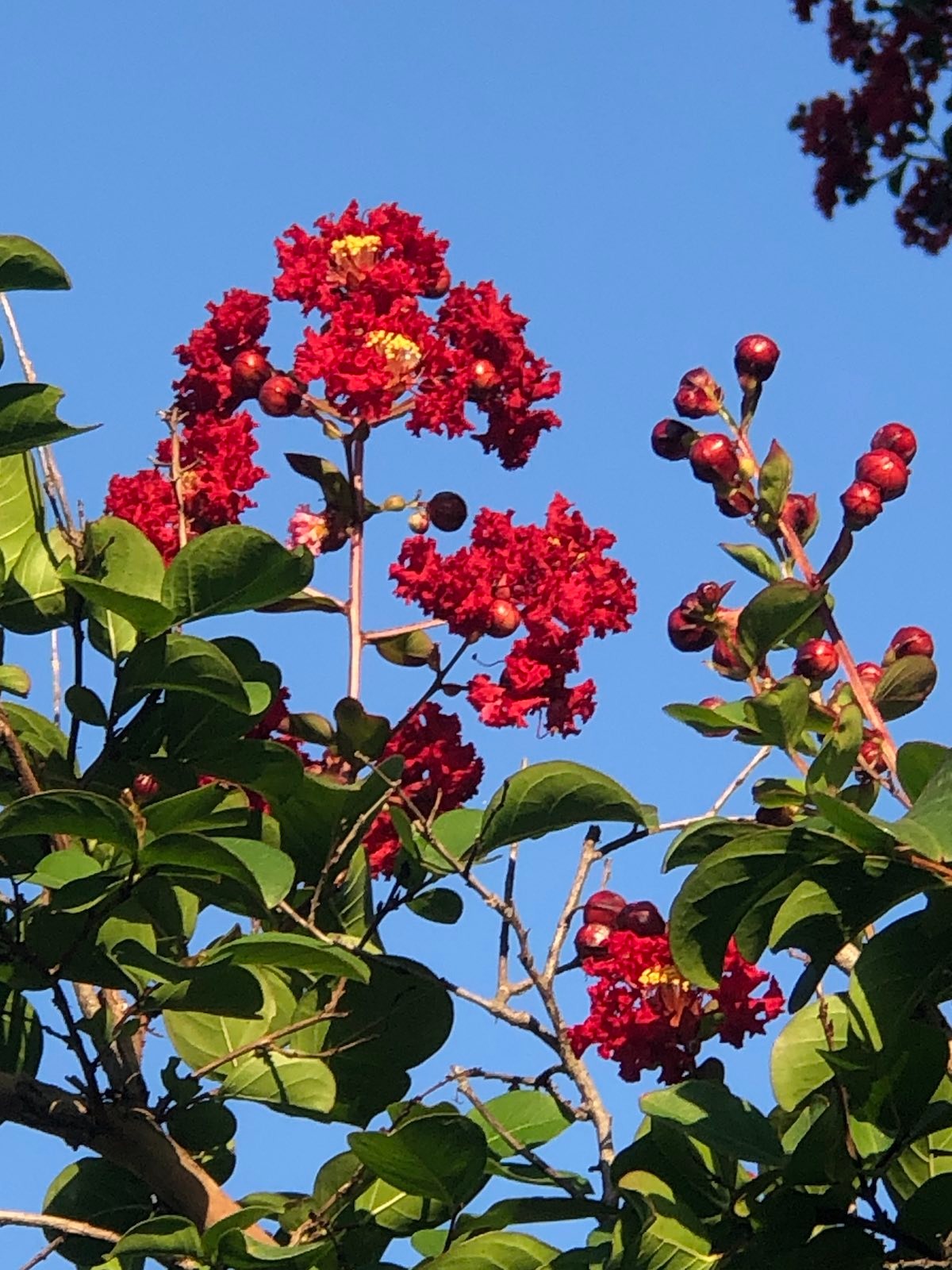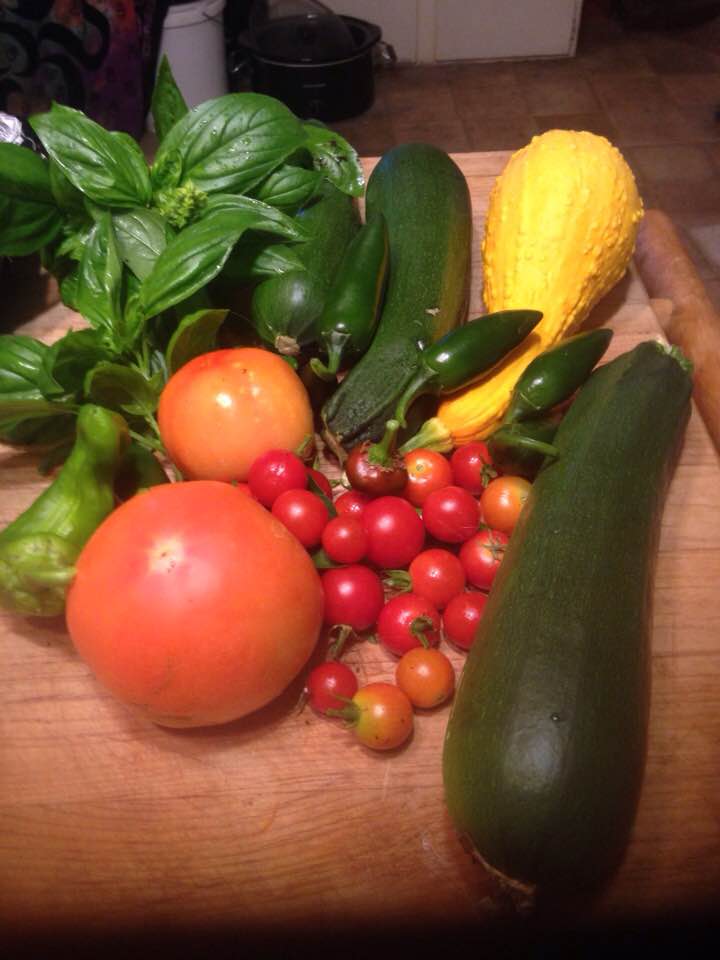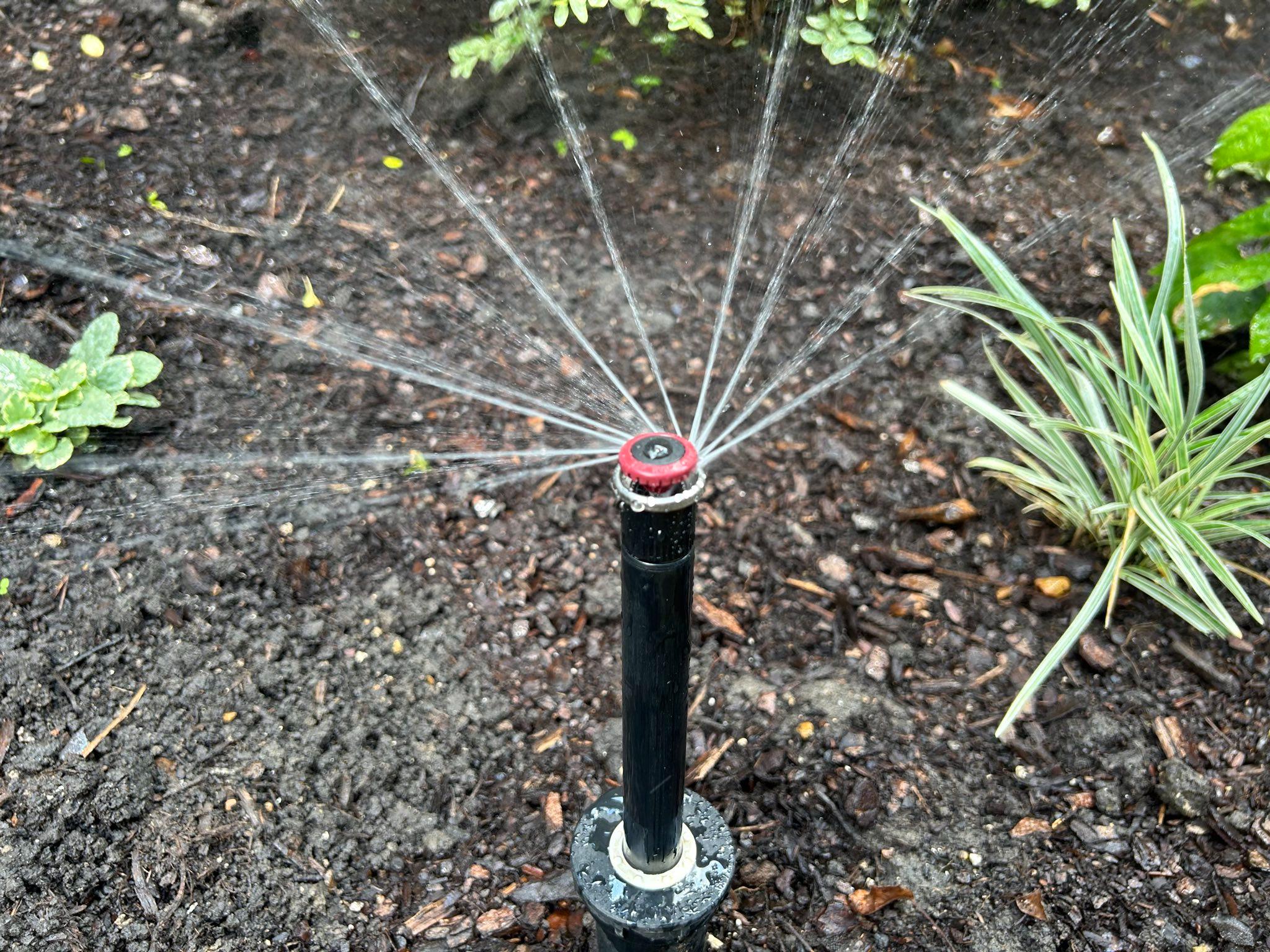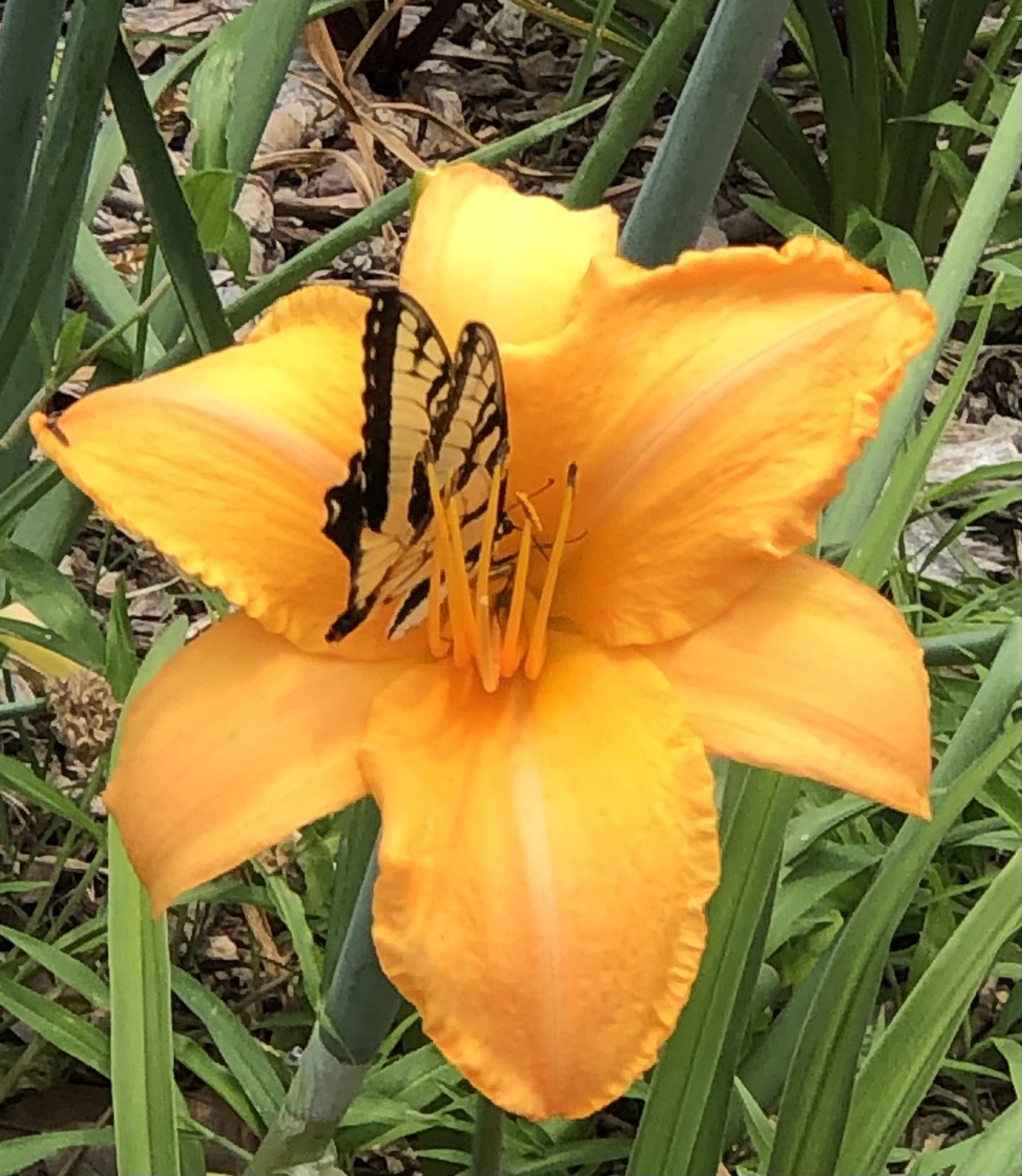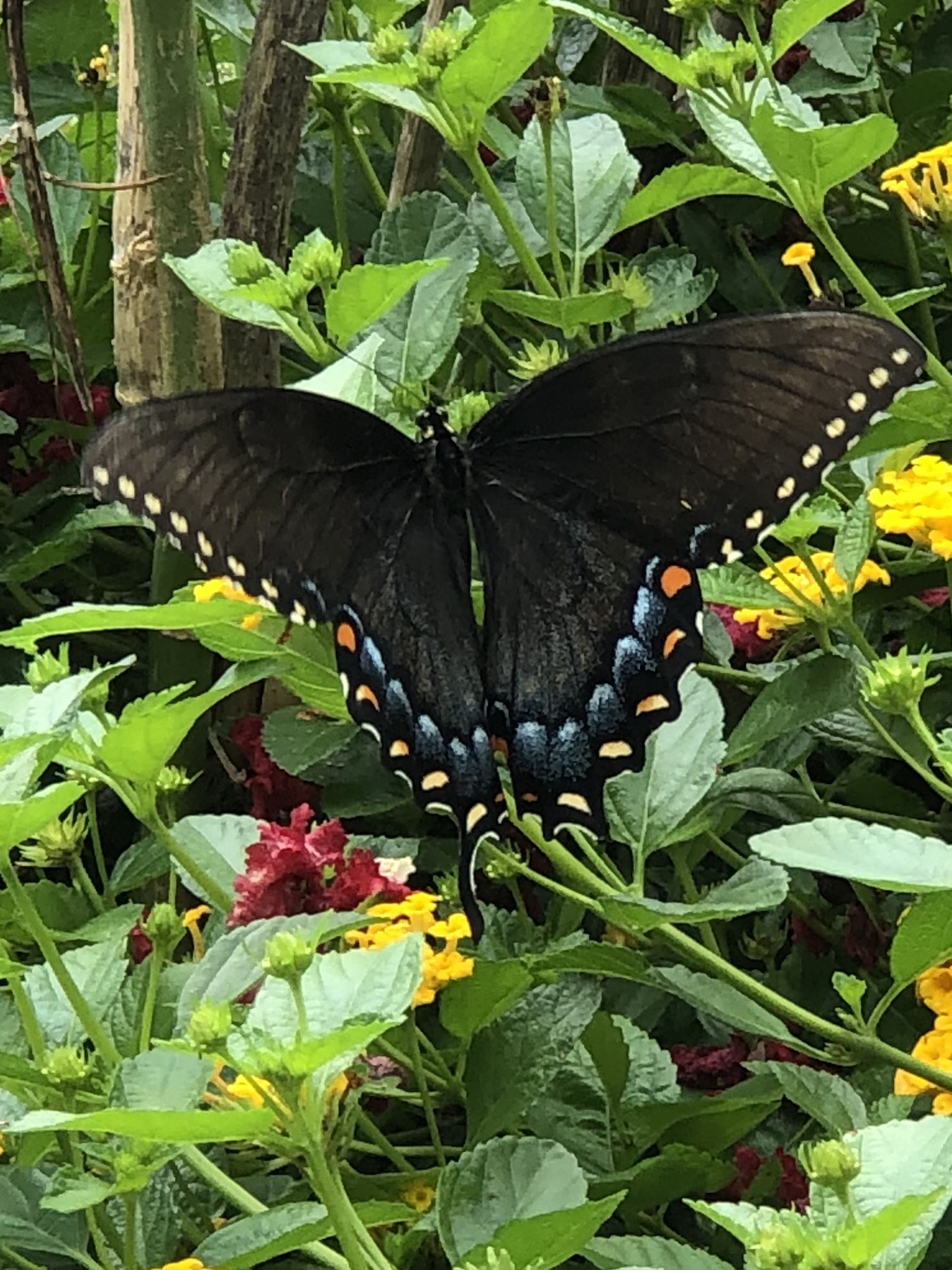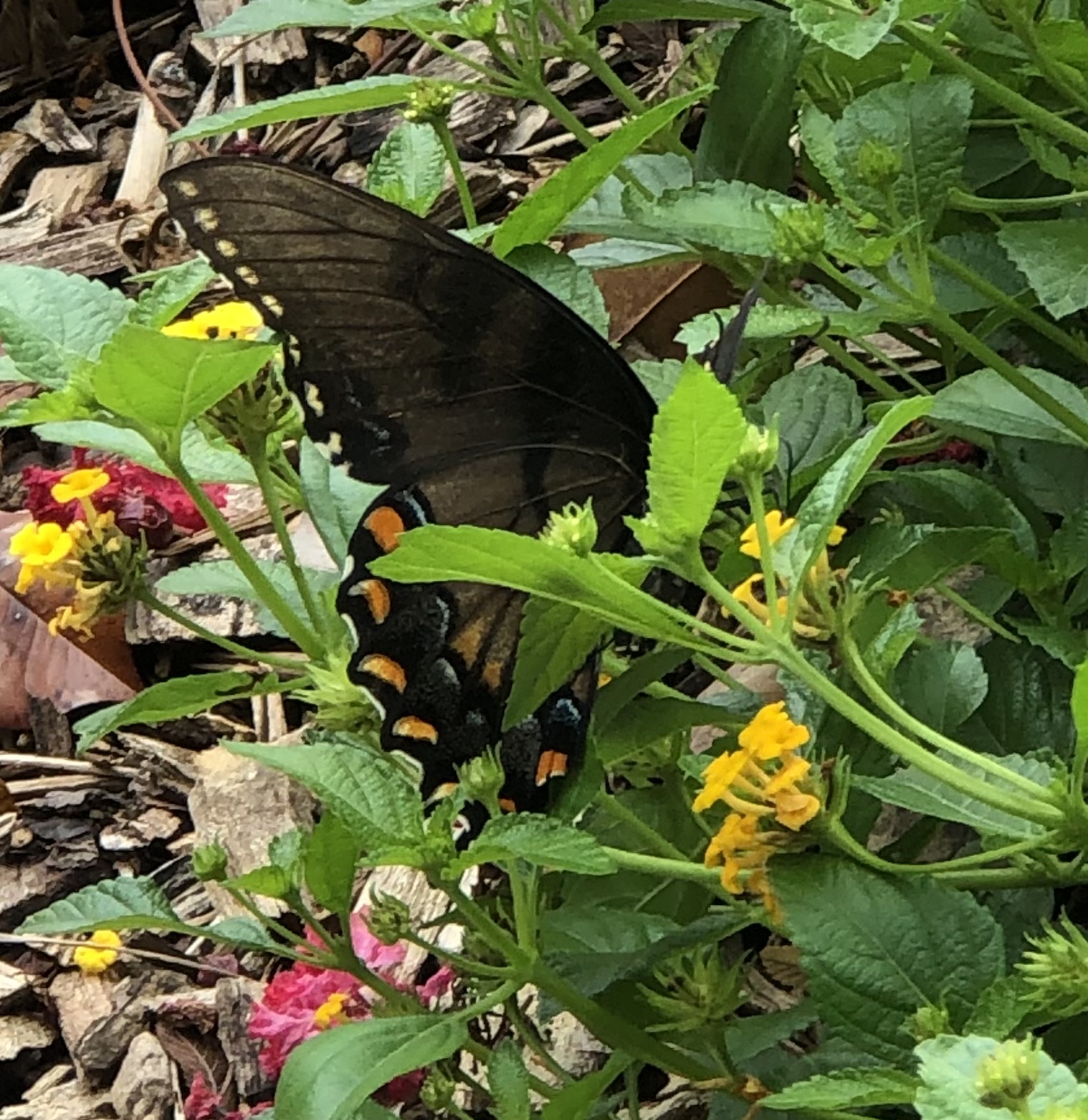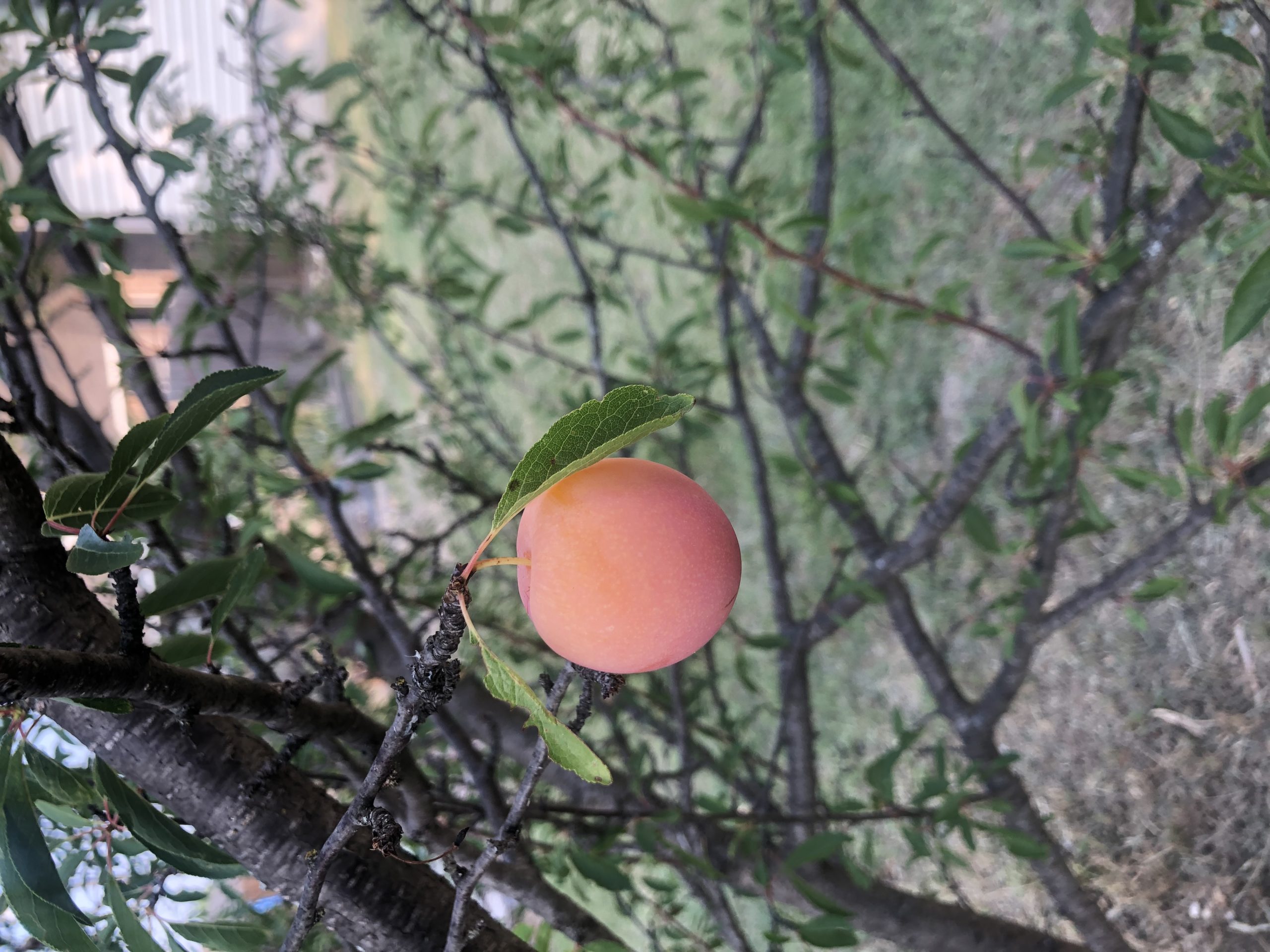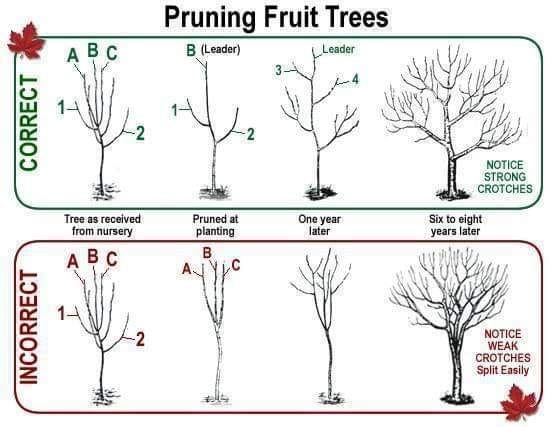After this long hot and dry summer, it’s so nice to see gardens starting to perk back up and show off a little. It’s not quite time to put your garden to bed for the winter. Just like our North Texas spring gardens are ended by the heat and lack of rain, fall gardens are only ended by the first hard freeze that usually comes in late December or occasionally January. That means your fall garden is just as important, and can be just as vibrant as your spring garden.
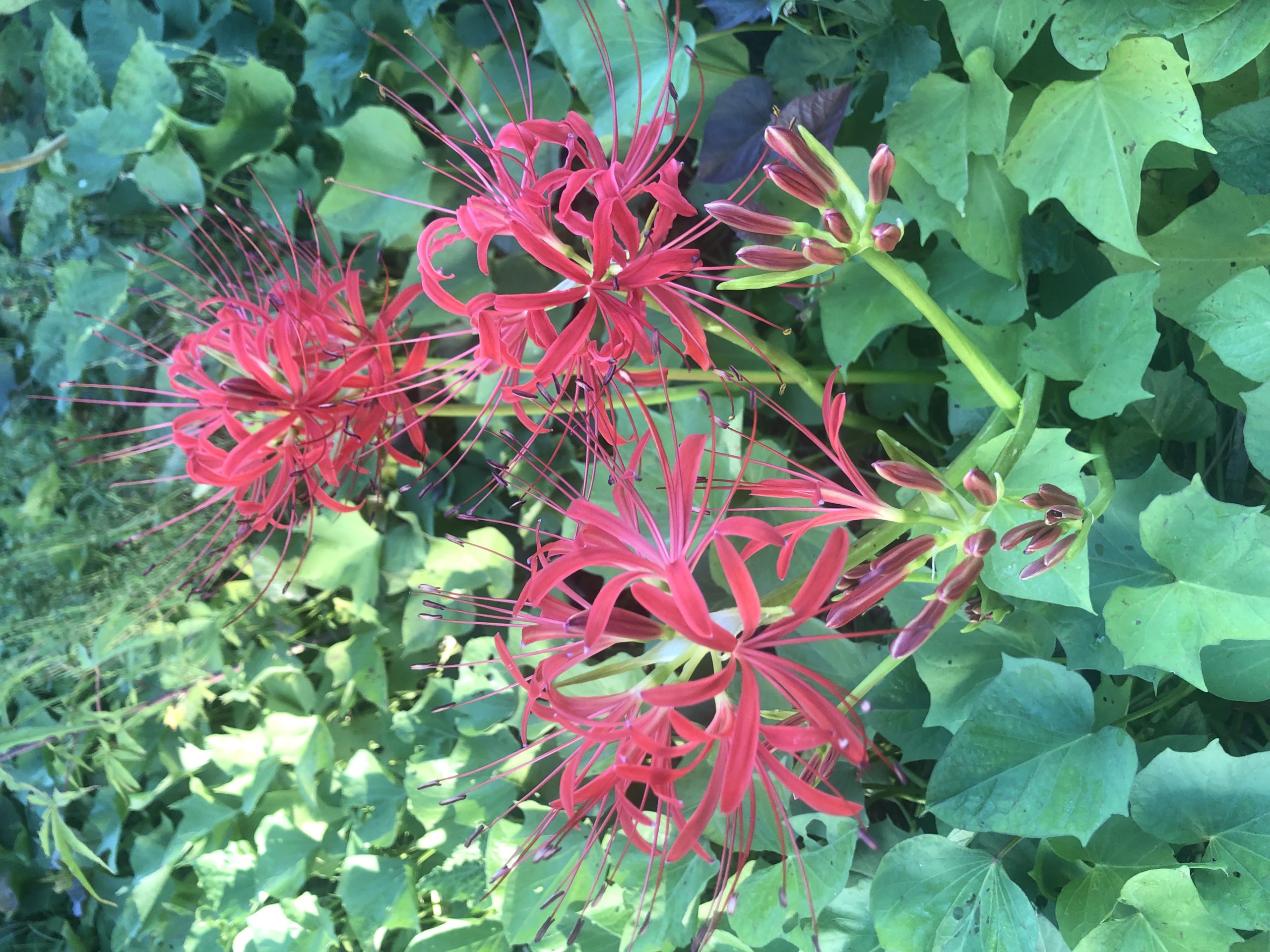 Fall Flowering Perennials
Fall Flowering Perennials
Anyone who has a teenager even tangentially involved in high-school football knows that mums are a classic choice for fall color. What many people don’t realize is that this perennial can provide exceptional fall color to you garden. They come in various colors and sizes and can be used in beds, borders, or containers. Mums are one of the last flowers to go dormant in the cold of winter, and when they do they might look dead, but wait! You can trim back the dead and the next year your mums will return. Coral bells are another perennial that is available in nurseries right now. Many of these Heuchera varieties offer colorful foliage year-round, but their leaves can become especially vibrant in the cooler fall temperatures. Finally, some salvias, like Mexican bush sage (Salvia leucantha), bloom profusely in the fall with spikes of purple or white flowers.
Fall and Winter Annuals
While some people dislike spending the time and effort to put in annual color year after year, it is a surefire method to bring immediate life to your fall garden. What’s more, many of these flowers such as pansies and annual violas will continue to bloom throughout the winter. These small, cold-tolerant annuals provide a burst of color with their bright blooms. Finally, ornamental varieties of cabbage and kale have colorful and textured leaves that intensify in color as the temperatures drop. They make unique additions to fall flower beds.
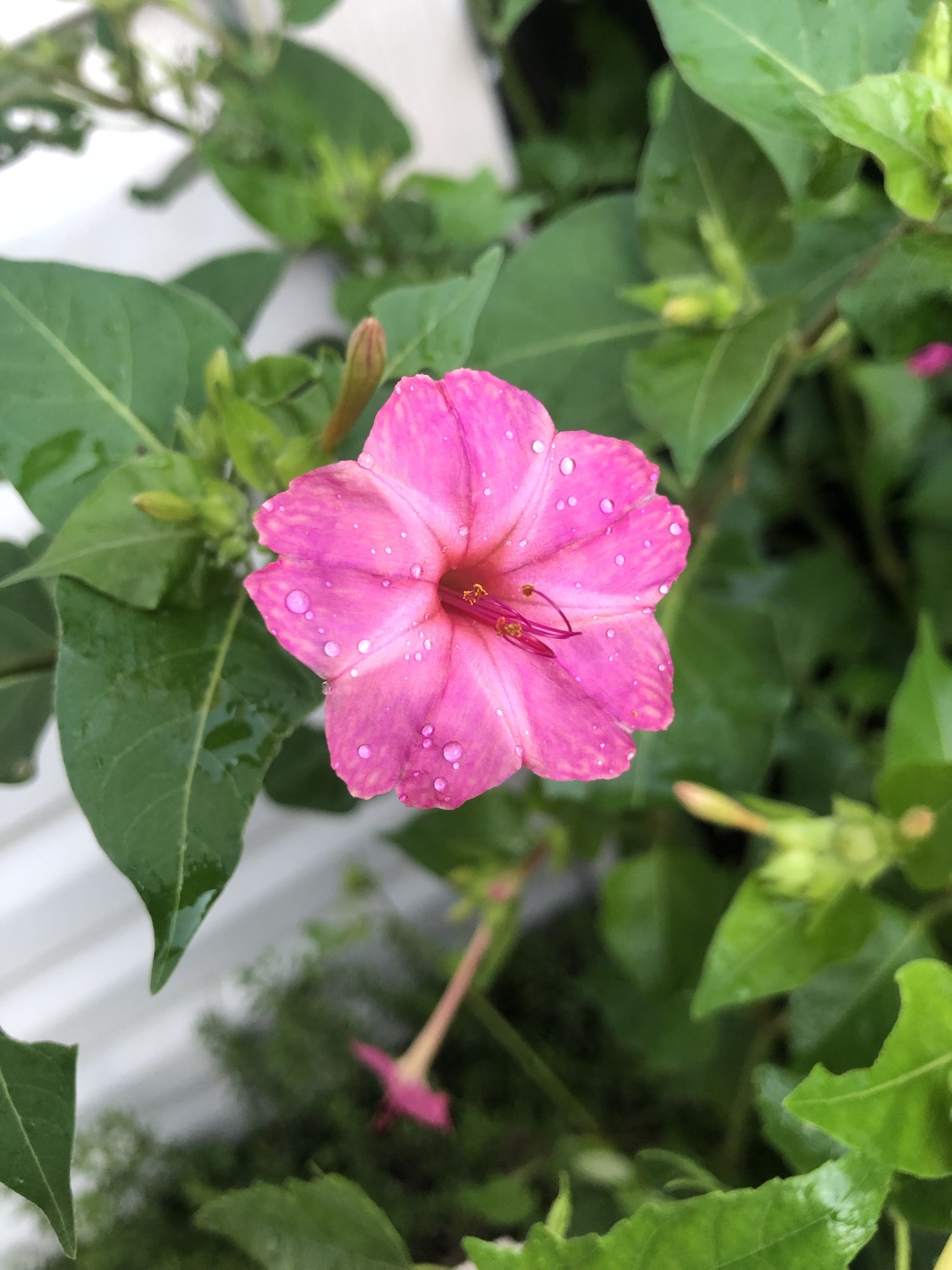 Other Fall Plants
Other Fall Plants
Late season blooms are not the only way to bring interest to your fall garden. Japanese maples turn glorious colors as their autumn leaves drop. Russian sage’s silver-gray foliage and blue-purple flower spikes provide late-season interest and are drought-tolerant once established. Stonecrop sedums like ‘Autumn Joy’ offer succulent leaves and late-season blooms that change color from pink to russet as the season progresses. Hardy Cyclamen is a perennial plant that has uniquely shaped, colorful flowers that bloom in the fall and early winter, often alongside their marbled foliage.
When planting these cool-weather-loving ornamental plants, ensure they have well-drained soil, and regular watering to establish strong root systems and vibrant growth. Additionally, consider incorporating mulch to help maintain soil moisture and protect against temperature fluctuations. With these choices, your North Texas garden can continue to thrive and provide visual interest well into the fall season.
Need help with your irrigation or sprinkler system? Does your garden need an overhaul or just a general checkup? Give us a call at 817-202-4808, or drop us a line and contact us here, to find out how Desiree can help you create a wonderful garden with a budget you can afford.
Like what you’re reading? Get information like this delivered straight to your email inbox by signing up here. We will never sell your information, and you can unsubscribe at any time.






